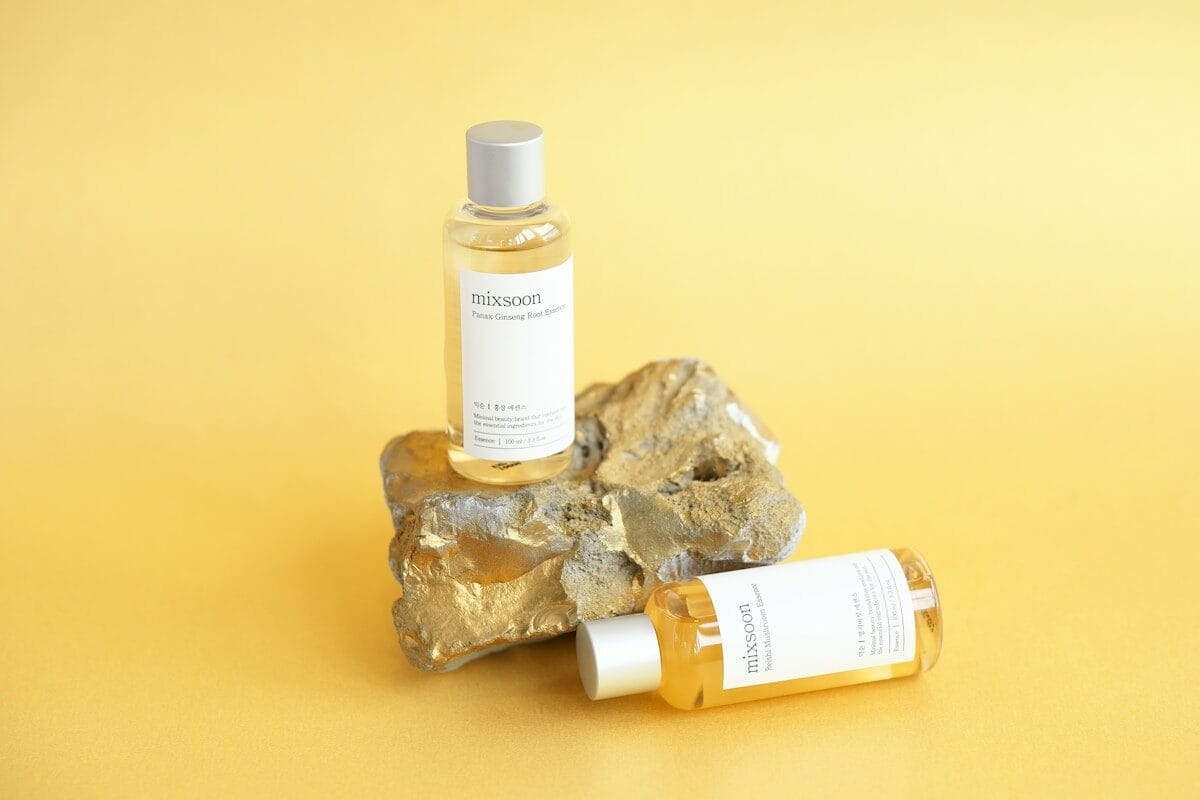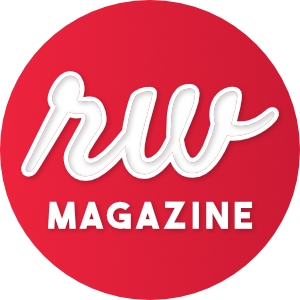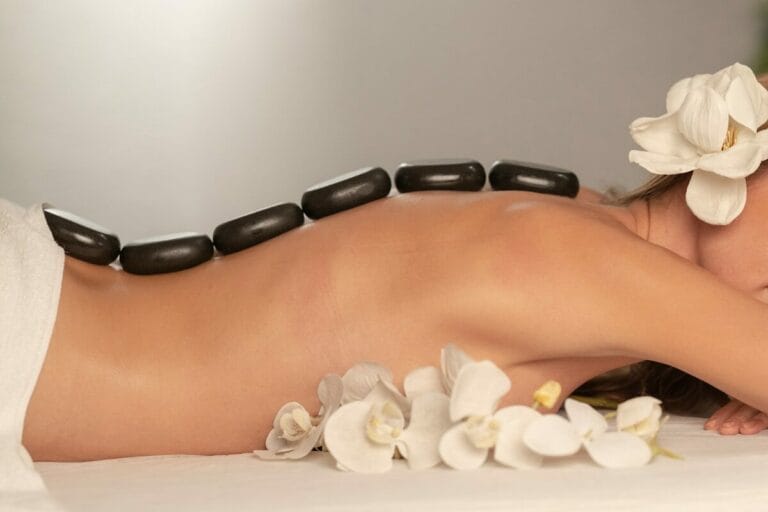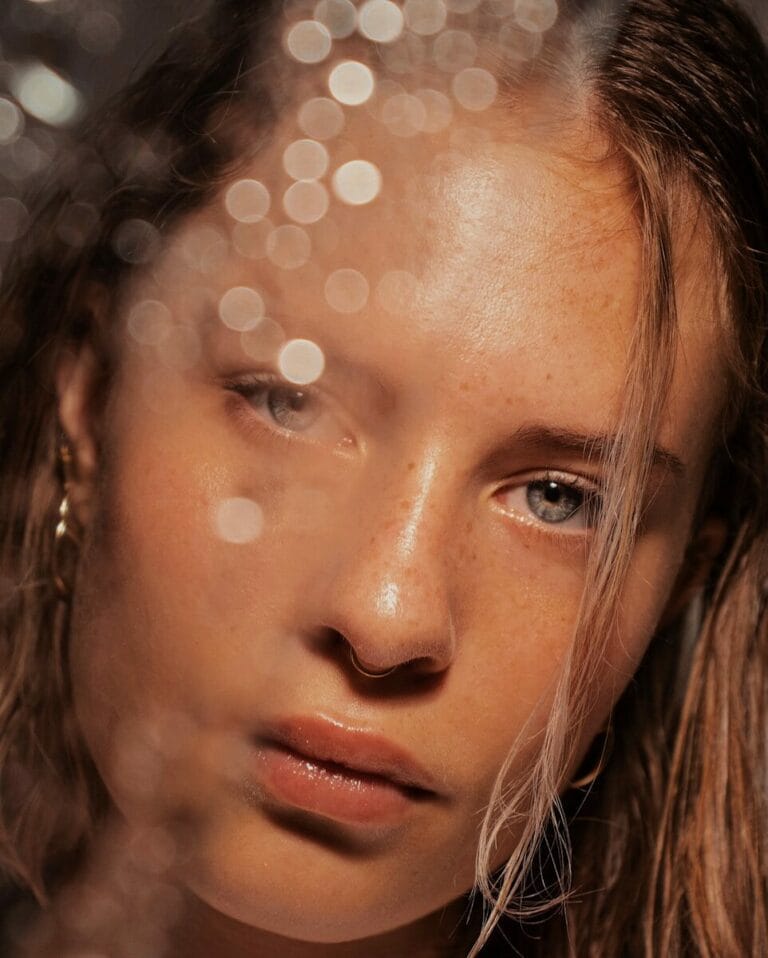No More Guesswork: How A Chemist Is Helping Women Decode Beauty Labels
Explore science-led beauty with chemical engineer Nour Abochama as she decodes product safety and marketing claims for informed skincare choices

Standing in the beauty aisle, surrounded by products promising ‘clean’ formulas and ‘hypoallergenic’ safety, you’ve probably felt that familiar wave of confusion. What do these terms actually mean? Which claims can you trust? For many women who want to know what they’re really putting on their faces, the maze of marketing language feels overwhelming.
Nour Abochama is a chemical engineer and podcast host who’s made it her mission to decode the confusion. With a master’s degree in biomedical engineering and nearly two decades of laboratory experience, she’s uniquely positioned to offer real answers about product safety and ingredients. ‘We’re helping people connect the dots between what’s promised and what’s actually validated,’ says Abochama, who co-hosts the Nourify and Beautify podcast. ‘There’s still a major gap between product claims and scientific review, and that gap deserves a spotlight.’
The Truth About Beauty Buzzwords
Here’s what might surprise you: terms like ‘clean beauty’, ‘hypoallergenic’ and ‘dermatologist-tested’ often have no clear definitions or regulation behind them. According to the U.S. FDA, these phrases are essentially marketing terms that manufacturers can use at their own discretion, without standardised proof or specific testing requirements.
‘Hypoallergenic’ products claim to cause fewer allergic reactions, but there are no federal standards governing what this actually means. The FDA once proposed requiring testing to support such claims, but a court struck down the regulation. Meanwhile, ‘dermatologist-tested’ simply means a product was tested by or under the supervision of a dermatologist – but companies aren’t required to disclose the nature of the testing or its results.
Research published in dermatology journals has found that many products labelled ‘hypoallergenic’ or ‘dermatologist tested’ still contain known allergens, highlighting just how misleading these terms can be for consumers trying to make informed choices.
Beyond Ingredients: The Hidden Safety Factors
Abochama’s approach differs from typical beauty advice because she looks beyond the ingredient list. As Vice President of Operations at Qalitex, a quality assurance company, and with previous roles preparing laboratories for FDA and Health Canada approvals, she’s seen firsthand how safety issues can arise in unexpected places.
‘Some of the most overlooked risks in cosmetics have nothing to do with the ingredients themselves, and everything to do with how products are stored, tested, or labelled,’ she explains. Manufacturing oversight, packaging compatibility and quality checks all play crucial roles in whether a product is truly safe – factors most consumers never consider.
Science-Based Conversations in Beauty
Through Nourify and Beautify, Abochama and co-host Linda Yates invite chemists, dermatologists, regulatory consultants and brand founders for weekly conversations that dig into what actually goes into making safe products. The podcast brings scientific evidence into public discussion, featuring women at the centre of science-based beauty.
Episodes frequently explore topics like misleading marketing language and gaps in quality assurance when products are manufactured. Rather than fear-mongering, the show focuses on helping listeners understand the systems behind their favourite products – and how those systems sometimes fail.
New Rules, More Confusion
The timing feels particularly relevant as the beauty industry faces increased scrutiny. The Modernisation of Cosmetics Regulation Act (MoCRA), which takes full effect this year, represents the most significant expansion of FDA authority over cosmetics since 1938. The new regulations require manufacturers to register facilities, list products, follow Good Manufacturing Practices and report adverse events within 15 days.
‘Consumers are becoming more curious – and more confused – about what certain labels actually mean,’ Abochama observes. Recent survey data supports this, with a 2024 Publicis Sapient study finding that 66% of consumers distrust sustainability labels on beauty products, whilst research published in academic journals highlights significant confusion around clean beauty terminology.
Questions That Actually Work
So what can you do as a consumer? Abochama suggests starting with simple, practical questions that anyone can ask their favourite beauty brands. Dermatologists recommend inquiring about clinical testing for safety and efficacy, asking whether potentially harmful ingredients are excluded and requesting transparency about full ingredient lists and potential side effects.
You might also ask about third-party certifications and long-term safety testing. Basic documentation and evidence matter more than marketing hype – and legitimate brands should be able to provide clear answers.
For additional research, consumers can turn to resources like the EWG Skin Deep database, which rates over 78,000 personal care products and ingredients, or the FDA’s consumer resources on cosmetics safety and labelling.
Raising the Standard for Transparency
Abochama’s core message isn’t about avoiding all products or falling into analysis paralysis. Instead, she advocates for informed curiosity and realistic expectations. The goal isn’t perfection – it’s understanding what questions to ask and where to find reliable answers.
‘Nourify and Beautify was created to raise the standard for transparency in beauty,’ she says. ‘And transparency can’t happen without science leading the way.’
Whether you listen to one episode or start asking your favourite brands simple questions about their safety protocols, the point is to move beyond guesswork. With so many marketing claims out there, having someone translate the science feels like exactly what many women have been looking for – honest answers, without the fear tactics, about what we’re actually putting on our skin.





